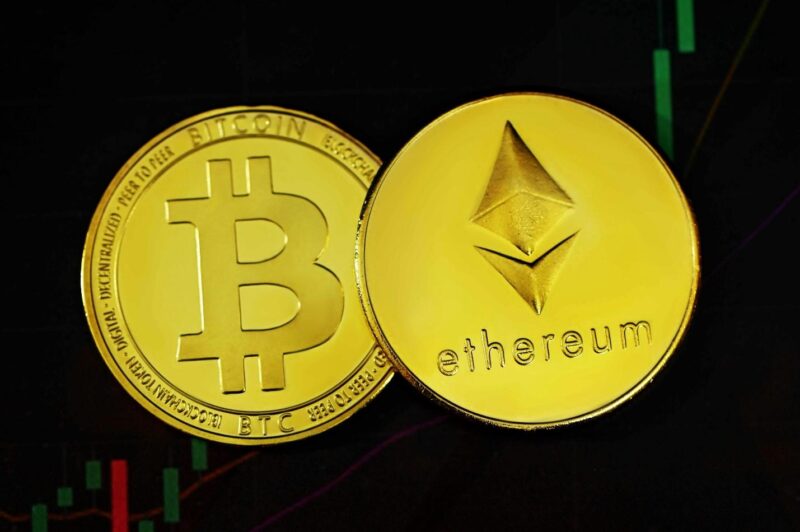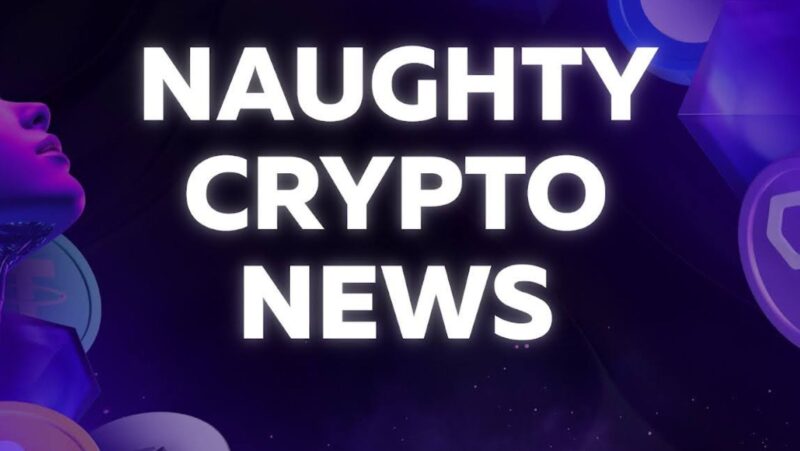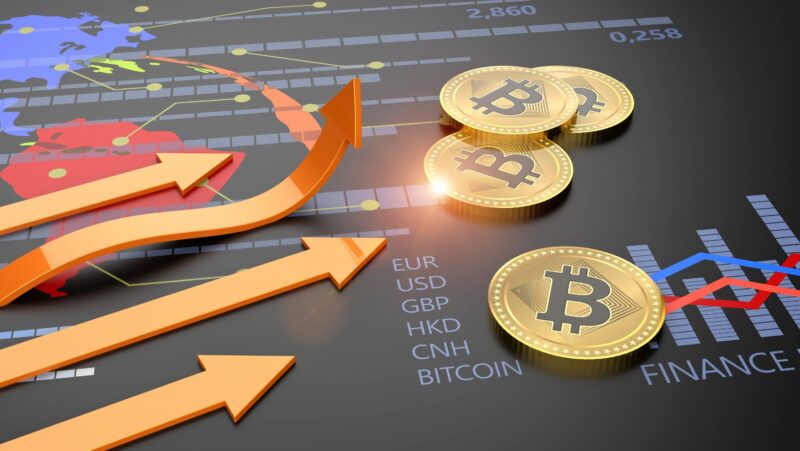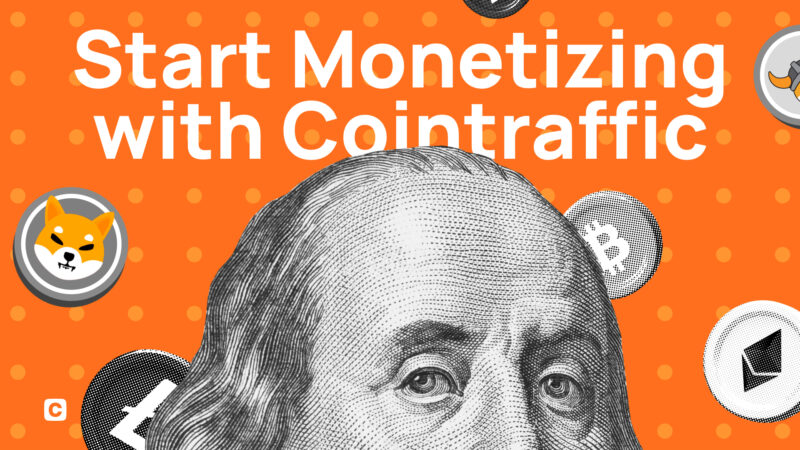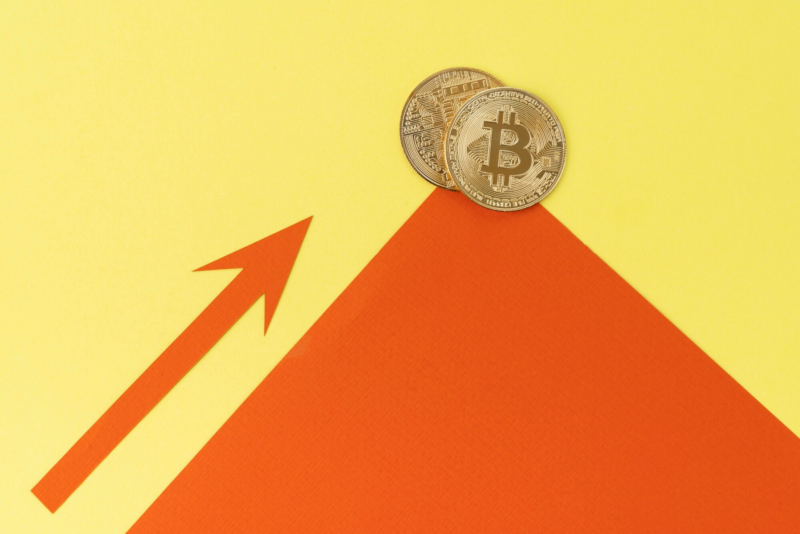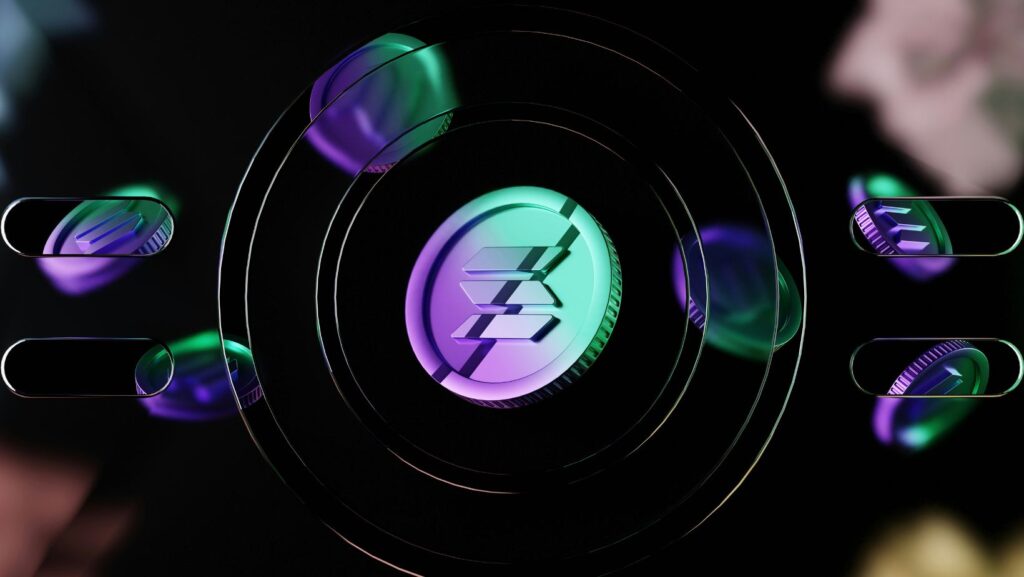
Solana is a blockchain platform built to host decentralized apps, and it has its own native token, SOL, a cryptocurrency that can be used for both paying and staking and which allows market participants to complete transactions in a timely fashion. The system architecture this blockchain uses is incredibly complex and sophisticated, leading analysts to determine that it could eventually be used to expand and develop a wide range of enterprises and business sectors in the future, making it increasingly valuable. Right now, the crypto environment is navigating one of the strongest rallies in its history, and although it started with Bitcoin, the spillover has gradually impacted all cryptocurrencies.
As of November 28th, Solana has almost achieved the $250 milestone, and investors are largely optimistic about the future. Analysts consider that the most likely solana crypto price prediction for 2025 is that the coin will achieve levels of up to $266. By the end of the decade, continuous volatility and growing engagement rates could see SOL climb to as much as $1,359.
What is Solana?
Solana was initially launched in 2017 as an open-source project run by the Geneva-based Solana Foundation. The blockchain itself was built by the Solana Labs, which is headquartered in San Francisco. The main advantage offered by Solana is its ability to process transactions much faster than its peers while having lower transaction fees. Most analysts compare it to Ethereum, as the two blockchains are regarded as competitors. In 2021, Solana had a market cap level of $75 billion, making it one of the largest cryptocurrencies in the world. As of November 2024, Solana’s market capitalization was 4115.33 billion, a 343.92% increase compared to the previous year.

Co-founder Anatoly Yakovenko had previous experience working with distributed system designs, including as part of leading companies and enterprises. These experiences made him understand the importance of improving network synchronization so that systems become faster and more reliable. The only remaining issue is the bandwidth. The use of proof-of-history has the potential to significantly speed up the blockchain without the use of clocks. Other crypto platforms struggle to scale anything beyond fifteen transactions per second, which is only a fraction of the throughput of centralized payment systems, which can achieve peaks as high as 65,000 TPS.
The proof-of-history eliminates this hurdle, as every node in the network has the ability to rely on the passage of time that was already recorded. The concept of proof-of-history was first outlined in a white paper released in November 2017. The protocol lets the blockchain reach a consensus through the verification of the timeframe between events. This period is encoded directly into a ledger. This was an innovation that the blockchains that were already available at the time hadn’t yet been used.
Instead, they relied on local clocks, meaning they did not know about the clocks used by the network participants. That means that whenever a message timestamp was used to reject or accept a message, other users might have made different choices. The design employed by SOL employs specific algorithms with the aim of dealing with performance bottlenecks, a common concern when it comes to blockchain transactions. Solana is entirely decentralized and scalable, and data shows that its potential limit is around 710,000 TPS on a standard network but as many as 28.4 million TPS if a 40-gigabit network is used.
Price Surge
The entire cryptocurrency environment is recording very strong performance at the moment, suggesting that reaching the $300 level in the near future is a very real possibility. Right now, the derivatives data and on-chain activity indicate that reaching this level or even surpassing it is quite possible. On November 26th, the price fell to $222 but surged by 8% soon after. However, this recovery isn’t enough to convince all investors, and many remain skeptical. The possibility of steep corrections remains an issue, and many are worried that the current numbers indicate that the strength of the bull run is faltering in the Solana ecosystem.
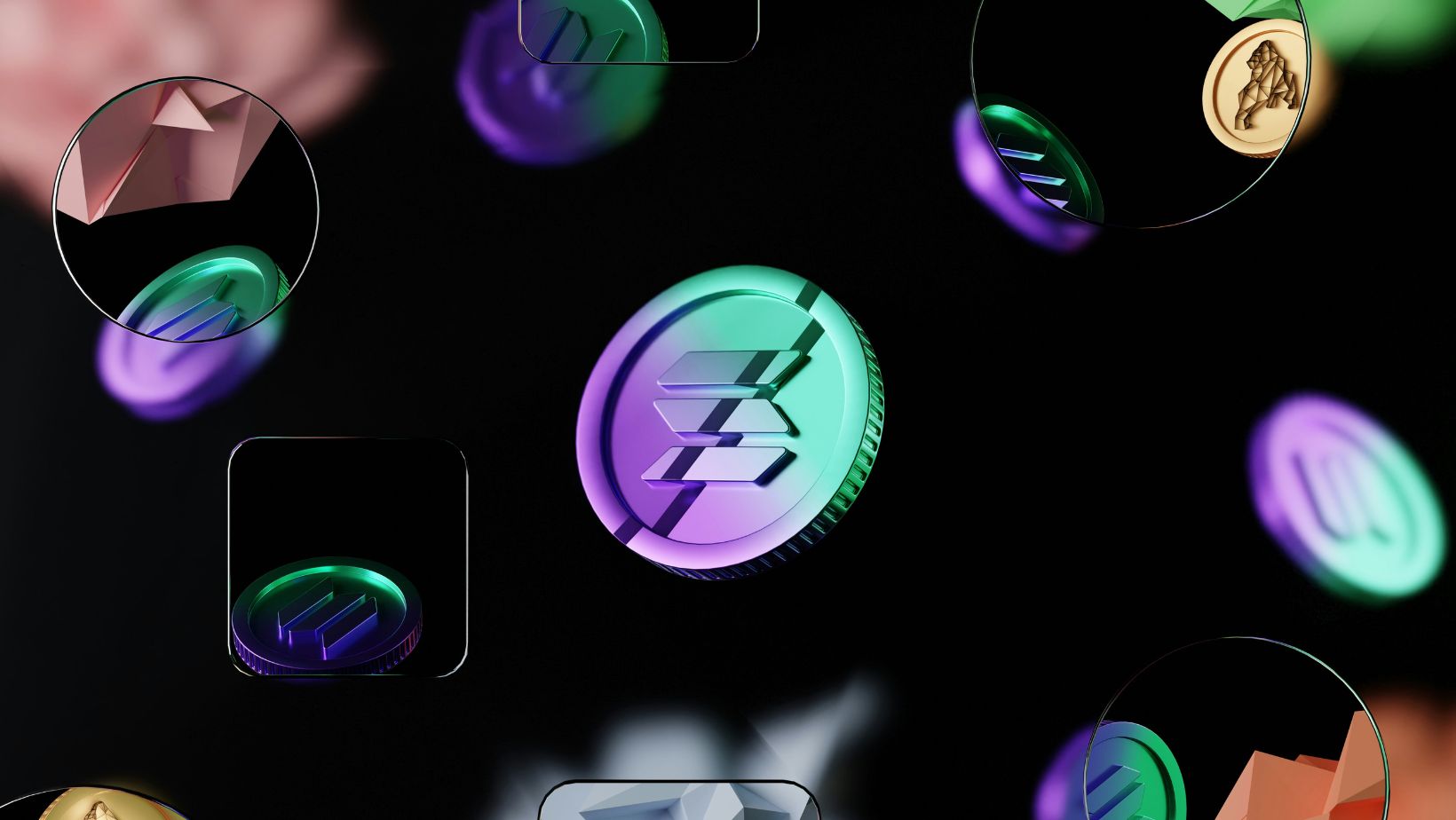
Data and charts, on the other hand, show that Solana’s potential for an upward swing remains unchanged, so those who choose to remain optimistic about SOL’s future prospects are not wrong to do so. A lot of the frustration users experience at the moment has to do with Solana’s very modest gains of only 1% for the week between November 20th and November 27th. When you take the full picture into account, there’s also the fact that other crypto tokens recorded very considerable gains during the same period, with some coins seeing gains of as much as 40%.
The exact cause of this change in market sentiment is quite difficult to determine, but many investors believe that the best strategy moving forward is to focus on strengthening fundamentals. The Solana network has already established its position as the second-largest programmable blockchain based on user engagement rates and developer activities. As such, the total value locked climbed nearly 50% during the last month.
Ethereum
Solana and Ethereum have always been regarded as each other’s competitors, but more recent data suggests that both systems are growing and developing in separate directions. The on-chain activity recorded on Ethereum during the last thirty days surged 47%, meaning that ETH remains the network of choice when it comes to DeFi opportunities. On the other hand, Solana is the preferred alternative for the latest trends, being a well-known host for the latest meme coin launches. Three of the top five decentralized applications based on gains are located on Solana, outperforming those on the Ethereum platform by a long shot.
These figures show that the two marketplaces can and most likely will grow independently in the future. This naturally means that they won’t be competing for the same user base either, although SOL’s reliance on meme coins comes with a sizable degree of risk. These assets are highly speculative in nature, so although they can surge by more than 100% in only a month or two, they can lose their importance just as fast, meaning that they’re not a very sustainable, long-term solution.
As always, it is essential for investors to remember the need for a good strategy. When you have a solid trading plan in place, you’re more likely to record gains instead of losses.






